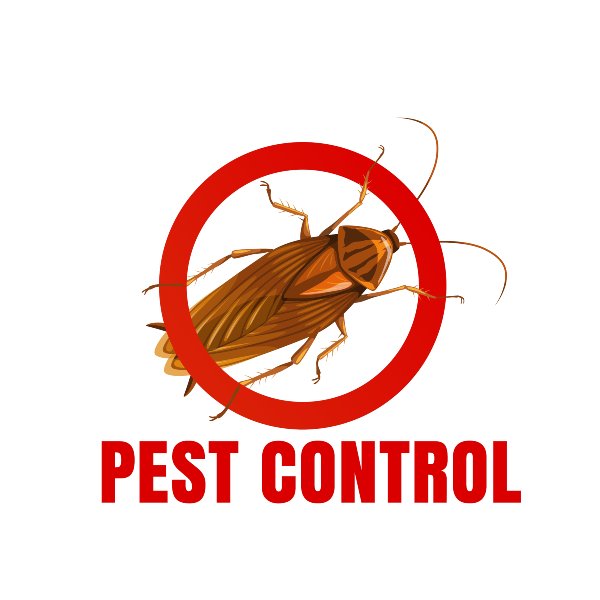A1 Bed Bug Exterminator Charlotte - Specialized Bed Bug Elimination
Wiki Article
Bed Pest Therapy Breakdown: Comparing Chemical Vs. Non-Chemical Solutions
In the world of pest control, particularly when dealing with the persistent concern of bed pests, the option between chemical and non-chemical therapy services can be a pivotal one. Both methods use unique advantages and drawbacks, affecting variables such as efficiency, security factors to consider, and general expense. By examining the nuanced information of each technique, a more clear understanding of which path to pursue in dealing with a bed bug infestation can be achieved.Effectiveness of Chemical Therapies
Chemical therapies for bed bug infestations have been commonly acknowledged for their quick and powerful effectiveness in removing these parasites. When thinking about the performance of chemical treatments, it is essential to understand that they can provide a comprehensive and fast service to a bed pest issue. Expert pest control men typically count on pesticides to target bed pests at various phases of their life process, consisting of adults, nymphs, and eggs. These chemicals typically function by interfering with the bed bugs' nerve system, bring about paralysis and ultimate fatality.In addition, chemical treatments have the benefit of providing recurring results, meaning that they can remain to remove bed bugs also after the preliminary application. This residual action is specifically valuable in combating any type of prospective re-infestations. In addition, the fast activity of chemical treatments can bring alleviation to individuals facing extreme bed bug infestations, enabling them to restore control of their living spaces rapidly.
Security Worry About Chemical Solutions
One critical element that calls for cautious consideration when using chemical options for bed insect therapy is making certain the safety of occupants and the environment. While chemical therapies can be efficient in getting rid of bed insects, they may present dangers if not taken care of properly. One of the main safety and security worry about chemical options is the prospective injury they can trigger to human health and wellness. Exposure to certain chemicals used in bed bug therapies can lead to breathing concerns, skin irritability, or various other unfavorable responses, especially in individuals with pre-existing conditions or sensitivities. In addition, improper application or dosage of chemical pesticides can result in toxic deposits remaining in the cured area, positioning long-lasting health dangers to owners.Furthermore, the ecological impact of chemical remedies is an additional substantial factor to consider. Some pesticides utilized in bed insect therapies may be harmful to beneficial pests, wild animals, and communities if they seep into the dirt or water supply. It is necessary to utilize chemical treatments judiciously, adhering to safety and security standards, and thinking about much less toxic choices to mitigate these risks and ensure the risk-free and effective management of bed bug invasions.
Advantages of Non-Chemical Approaches
Taking into consideration the potential safety worries and ecological impact connected with chemical services for bed bug therapy, exploring non-chemical approaches provides an appealing option with several distinctive benefits. Non-chemical therapies are environmentally pleasant, as they do not add to air or water pollution, making them a lasting option for parasite control.Furthermore, non-chemical remedies can be efficient in targeting bed bugs, consisting of hard-to-reach locations where chemical treatments might not permeate. Approaches such as warmth therapy, vacuuming, vapor cleansing, and bed mattress coverings supply thorough removal without using unsafe chemicals. In addition, non-chemical strategies can be much less turbulent, needing minimal preparation and permitting quicker reentry right into treated locations. Overall, selecting non-chemical bed pest treatment methods not just focuses on security and environmental management however likewise ensures reliable and comprehensive bug control.
Limitations of Non-Chemical Treatments

In addition, non-chemical therapies usually require multiple applications to accomplish effective obliteration. This can be time-consuming and might not constantly guarantee complete elimination of all bed pests and their eggs, specifically in surprise or hard-to-reach areas.
In addition, the success of non-chemical treatments heavily depends on appropriate execution and thoroughness, which can be testing for individuals without professional know-how. Inadequate application of non-chemical approaches may result in insufficient eradication, leading to consistent infestations and the requirement for added therapies.
Consequently, while non-chemical treatments have their benefits, it is important to recognize these limitations and consider them when figuring out the most efficient strategy for handling bed pest infestations.
Price Comparison: Chemical Vs. Non-Chemical Options
Offered the limitations associated with non-chemical therapies, an important aspect to evaluate in the context of bed pest administration is the cost comparison in between chemical and non-chemical options. In comparison, non-chemical therapies like heat treatment or heavy steam can be much more costly, with expenses varying from $1,000 to $6,000 for an entire home. While the initial price of chemical therapies may appear lower, multiple therapies may be required to fully remove the infestation, possibly raising the general expense.Conclusion

Taking into consideration the possible security worries and environmental effect associated with chemical remedies for bed pest therapy, exploring non-chemical techniques presents a promising choice with several distinctive advantages.Provided the restrictions linked with non-chemical treatments, a crucial element to evaluate in the context of bed insect monitoring is the price comparison between chemical and non-chemical options. In contrast, non-chemical therapies like A1 bed bug exterminator charlotte warmth therapy or steam can be more pricey, with costs ranging from $1,000 to $6,000 for a whole home. While the initial price of chemical treatments may appear lower, numerous treatments might be called for to completely eliminate the infestation, possibly increasing the general cost.In conclusion, when comparing chemical and non-chemical bed pest treatment choices, it is essential to consider performance, security, advantages, restrictions, and cost.
Report this wiki page